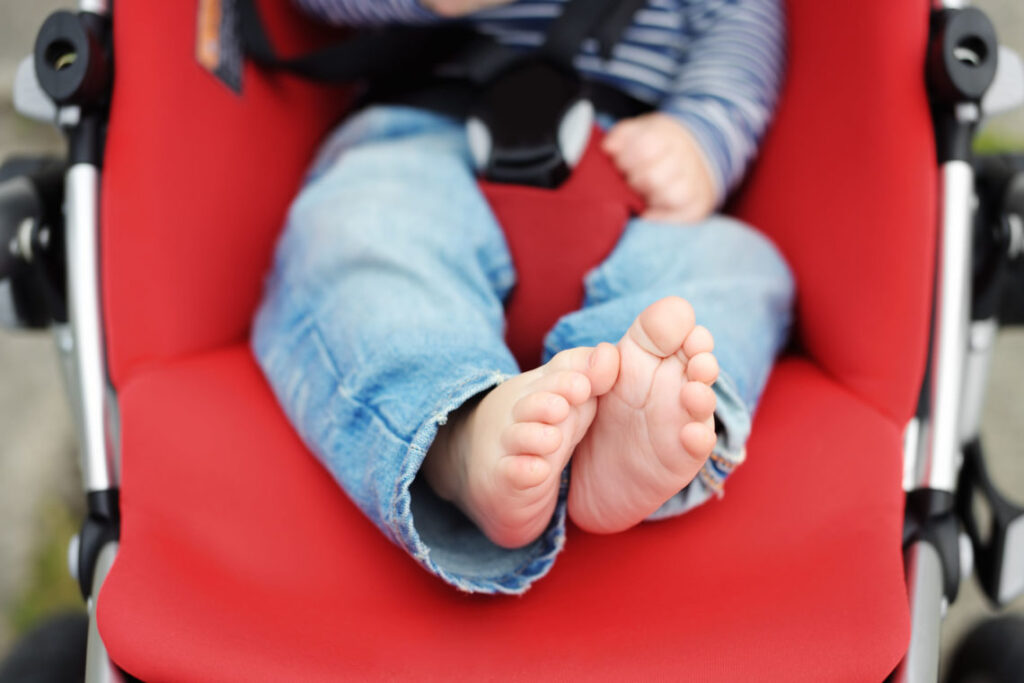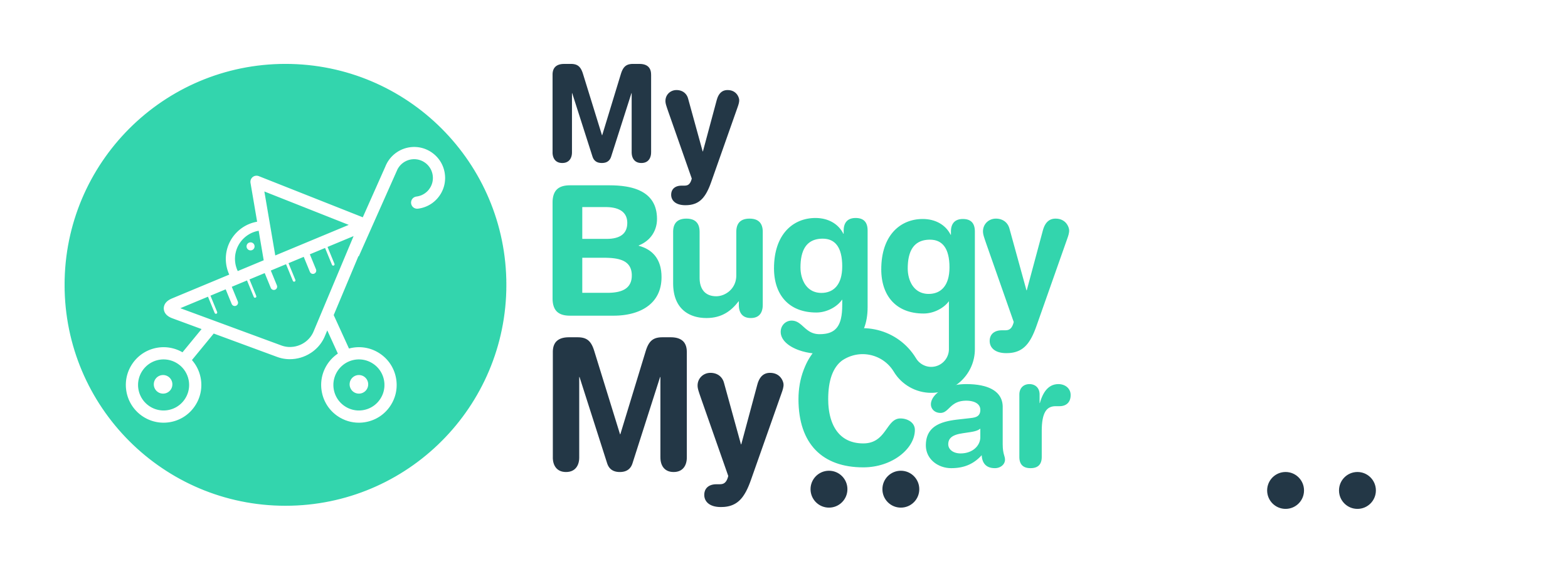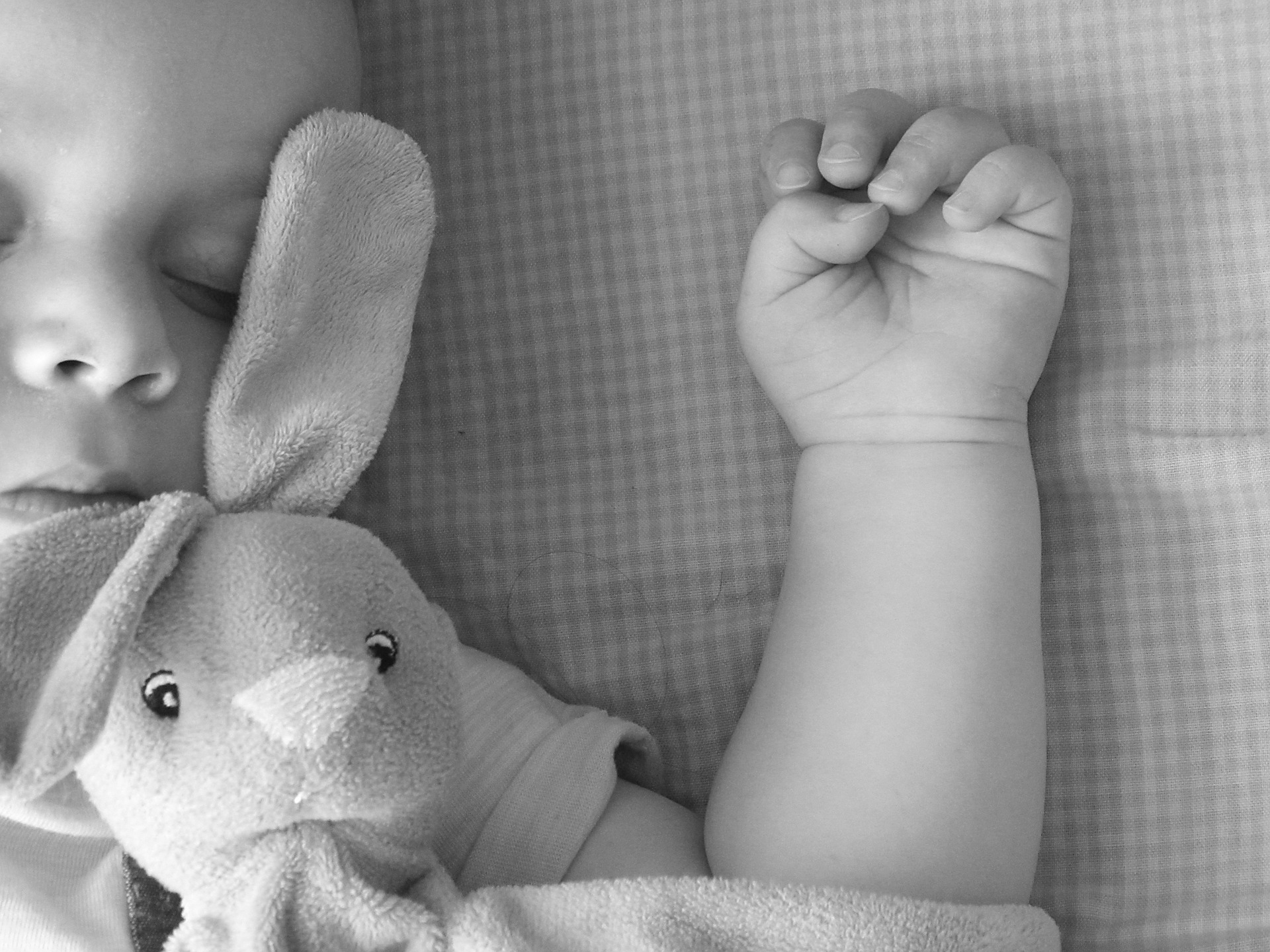Stroller safety starts with choosing the right stroller for your baby. Know what to consider when looking for a stroller and how to keep your baby safe on the go.
If you’re like most parents, you’ll likely get at least one stroller for your baby. With so many designs and types of strollers, however, how do you choose? If you’d like some advice on choosing the right pushchair and important stroller safety tips then you’ve come to the right place.
What type of stroller is safe for a newborn?
If you plan to use a stroller for your newborn, make sure that the stroller fully reclines. A lie-flat pram will support your baby’s spine and help to keep their airwaves open. Some strollers fully recline or can be used with a bassinet attachment or an infant-only car seat. Take a look at our best prams, pushchairs and travel systems for newborns here.
Also, most jogging strollers aren’t designed to recline. As a result, they aren’t appropriate for babies until about age 6 months. Take a look at our best jogging strollers here.
What do I need to know about travel systems?
If you have a car, you might look for a stroller that can hold your baby’s car seat. Some car seats and strollers come in matching sets, while others require separate attachments that allow the strollers to be used with certain car seats. Once you strap your baby into his or her car seat, these kinds of strollers will allow you to easily move your baby between the stroller and car. Take a look at our top 5 travel systems here.
When using a car seat with your travel system remember to keep in mind the ‘2 hour rule’. This is the established safety recommendation endorsed by safety experts and manufacturers, that suggests children shouldn’t sit in a car seat for more than 2 hours at a time.

How can I keep my baby safe in his or her stroller?
Safety Harness.
A baby who is riding in a pushchair, buggy, stroller, or a pram needs a safety harness. This will prevent him from tipping himself over the side, or toppling out when you steer the pushchair up or down a steep kerb. It is best to buy a pushchair with a five-point safety harness, rather than a three-point version.
The five-point harness should fit over your child’s shoulders, as well as around his waist, and between his legs. All children, including newborns, need to wear a harness while in their pushchair. Most pushchairs have their own safety harness built in, but if yours doesn’t, you will need to buy one separately. The buckles on the safety harness should be easy for you to clip together and undo, and the belt should fit snugly round your baby’s waist. There should be no tears in the straps, and the harness should have firm connections.
Practical brakes.
Look for a stroller that has brakes that are easy to apply. Always use the brake when you stop the pushchair. As tyre wear can affect how well your brakes work, check the tyres of your pushchair regularly. If you want extra stopping security, look for models that come with disc brakes. These can be very handy when you are going up and down hills.
Properly store belongings.
No matter how stable the pushchair is, remember not to overload the back of it with shopping bags. Even the most balanced pushchair can tip if there is too much weight at the back.
Take caution when folding.
Pushchairs should have two locking devices to hold them securely when being used. Once the main lock has been released in order to collapse your pushchair, the secondary lock should be activated to stop the pushchair from collapsing straight away.
There should be no areas where your child’s fingers could get caught in the collapsing mechanism. Pushchairs should always be put up and down with care and with your child far out of reach. Follow the manufacturer’s instructions when unfolding and collapsing the pushchair, and don’t let your child play with it.
Check the pushchair’s stability.
Check the stability of the pushchair and see if it will tip over easily. A wide-based pushchair will have greater stability than a narrow-based one, so opt for this where possible.
Check the label.
All prams and pushchairs should be labelled with the name, trademark, and identification of the UK manufacturer, distributor, or retailer. It should also be marked with the number and date of the British Standard, for example BS7409: 1996.
Check the weight limit.
Pushchairs, prams, strollers, and buggies all have a weight limit. Make sure that you know what it is. Putting a child that is too heavy in the pushchair may make it very unstable. If your pushchair was designed for only one child, it is best not to use it to carry more than one.
Check the footrest.
If you are thinking of buying a double pushchair, check that it comes with a single footrest that runs along both seats. Small feet can get trapped between separate footrests.
Be careful with toys.
If you hang toys from a stroller bumper bar to entertain your baby, make sure that the toys are securely fastened.
Will the buggy fit in my car?
Our online tool will tell you whether your Buggy should fit in your Car Boot and in what position or orientation it will fit, find out here.
Price Comparison!
Remember, You can find the latest prices for buggies across the entire market using our price comparison tool at https://www.mybuggymycar.com/buggydetails







Comments by Hazel Spencer